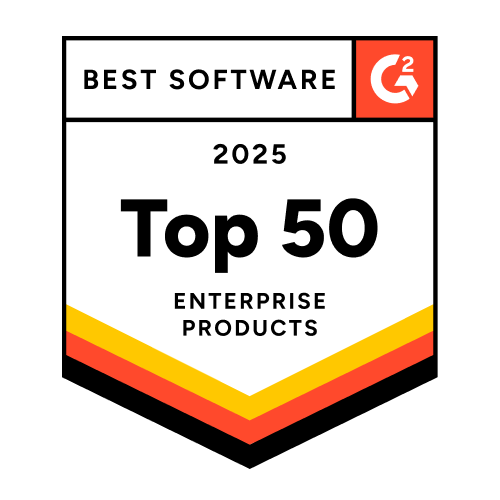Personalization
Personalization in marketing is the practice of tailoring experiences, messages, or offers to individual customers based on their behaviors, preferences, and needs across all channels. Unlike customization, which is driven by the customer, personalization is driven by the brand to make interactions more relevant and seamless.
For example, a retailer might send a shopper an email suggesting items similar to what they recently viewed, or display product recommendations based on the local weather when a user visits the website. Effective personalization increases customer satisfaction, engagement, and conversion rates.
Why use Marketing Personalization?
- Deliver tailored recommendations and content that increase clicks, conversions, and overall campaign ROI.
- Strengthen customer relationships by making every interaction feel relevant, driving loyalty and lifetime value.
- Streamline marketing efforts with automation that scales personalization without adding manual work.
Personalization vs. Customization vs. Segmentation
| Personalization | Customization | Segmentation | |
| Autonomy | Brand-driven, data-based | Customer-driven choices | Predefined audience groups |
| Context | Individual: behavior, intent, context | User-selected settings | Group traits, not individuals |
| Integration | AI, real-time data, cross-channel | On-site features, forms | CRM/CDP, marketing lists |
| Learning | Dynamic, adapts per user | Fixed unless changed by user | Updated as segments shift |
| Example | Product recs, targeted emails | Choose size, color, layout | Campaign for “loyal buyers” |
FAQs
Personalization is brand-driven and powered by customer data, such as browsing history or past purchases. It delivers automated, one-to-one experiences without user effort. Customization is customer-driven, where users actively select preferences, like choosing a theme or setting notification options. Learn how businesses scale these strategies in this guide to personalization at scale.
To deliver relevance at scale, marketers need to aggregate customer data into unified profiles and use automation, AI, and predictive analytics. This allows personalized content and campaigns across email, SMS, push notifications, and the web. See real-world applications in AI-powered marketing.
Effective personalization relies on behavioral, transactional, and demographic data. This includes browsing patterns, purchase history, location, and engagement times. When unified, these inputs unlock contextual relevance across channels. More details can be found in this article on customer data platforms.
Personalization fails when businesses operate with siloed data, a lack of automation, or generic batch-and-blast campaigns. Without intent-based, real-time triggers, personalization cannot achieve its full potential. Explore solutions in Insider’s guide to personalization engines.
Imagine a shopper browsing trainers on mobile. Later, they see retargeted product ads on social media, followed by an email promo code tailored to their size. This seamless, cross-channel experience illustrates true omnichannel personalization. For more, see omnichannel marketing strategies.












